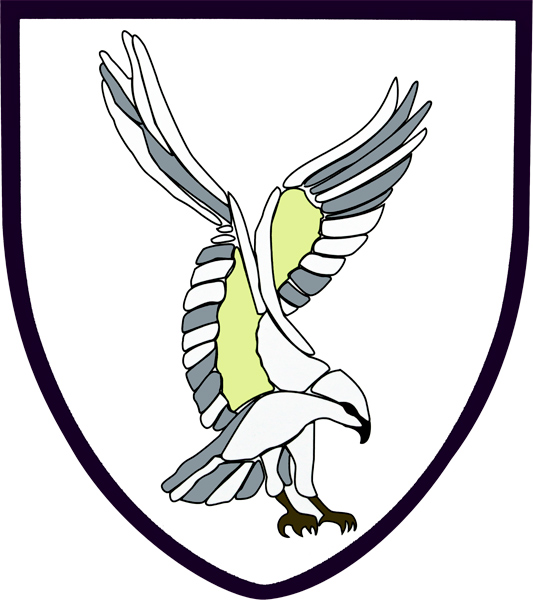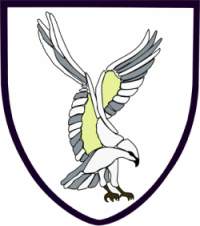Club History since 1872

SWANSEA RUGBY FOOTBALL CLUB
Click here for text & imagery from individual seasons.
 NOTE: Any period with an (M) suffix will have movie clips to view within some of the seasons in that period.
NOTE: Any period with an (M) suffix will have movie clips to view within some of the seasons in that period.
The introduction below was penned by Life Patron David Price who spent a lifetime in the service of Swansea Rugby Club as player and Committee member and was it’s Secretary from 1955 to 1992, a tremendous record of service which well qualifies him to introduce you to our Online History Section……
To download a media brief on the club go to the Media page.
Action from Swansea RFC 1992-95 (Courtesy Steve Barclay)
Swansea Rugby Club is renowned the World over for its many achievements. The sheer number of household rugby names who’ve worn the famous All White jersey and many who have gone on to the red of Wales and the British & Irish Lions, is only part of the story. The club has an enviable record against the big touring sides and many a Swansea side has raised it’s game to maintain this record.
S W A N S E A R U G B Y C L U B
Swansea Rugby Club “The All Whites”, was founded on 26th September 1872 under Association rules. There were no active sides within reach who played rugby rules at that time. Soon the relationship with Llandovery College, who DID play rugby rules, persuaded the Swansea players that a fixture list under that code could be maintained. They converted officially to rugby football on 17th October 1874. Since George Lockwood Morris won his Welsh cap against Ireland in 1882, 164 players have gained international honours while playing for Swansea, all but 8 of them for Wales. The club has also sent 23 ‘Lions’ on tour, Fred Jowett and Sid Bevan being the first in 1904
Early games were played on the Bryn y Mor ground in Uplands and the Primrose Field off Constitution Hill, Mount Pleasant. Swansea RFC moved to the new St Helen’s Field in 1876, joining the Swansea Cricket Club with whom they share the ground to this day. Their first match there was against Llandovery College on November 4th 1876, which they won by 2 goals and 4 tries to 2 goals.
The St Helens ground was the venue for the first Welsh rugby international on home soil in 1882 and was an international venue regularly until 1954, sometimes accommodating as many as 50,000 spectators. It is also well known as a cricket ground for Swansea and Glamorgan Cricket Clubs and was the backdrop to Gary sobers’ televised six sixes in one over in 1968. The pitch is famous for its running surface and good draining qualities, having been reclaimed from the sand dunes of Swansea bay.
Early players of note at the club were backs W H (Bill) Gwynn and his younger brother Dai Gwynn, and forwards Sam Goldsworthy and William Bowen, all Welsh internationals in the 1880s. Swansea were a founder member of the Welsh football Union (later called WRU) in 1881 and its first President was former Swansea captain and President Charles Campbell Chambers.
The 1890s leading into the new century saw the appearance of full-back Billy Bancroft, an astute kicker and natural athlete who gained 33 consecutive caps for Wales between 1890 and 1901. Other luminaries were David and Jack Samuel, Tom Jackson, Hopkin Davies, Bob Thomas and the James brothers Evan and David whose exciting play at half-back brought them also into the Welsh side. Their departure to the English Northern league saw a new pair of halves the diminutive Dickie Owen (35 welsh caps) and Dick Jones (15 caps) replace them. Billy Trew, a rugby genius who had joined the club in 1897, came to maturity in this era. Playing at centre, wing or outside-half, he had a huge influence on Swansea and Wales rugby (26 caps). The period 1898-1905 was known as Swansea’s “Golden Era”. They were champion club 6 seasons out of 7 and “Invincible” in 1904-05. Other notable players at this time were: Will Joseph, George Hayward, George Davies, Dan Rees, Fred Scrine, Fred Jowett, Frank Gordon, Jack Bancroft, Bill Parker, Edgar Morgan and D J Thomas.
Between the wars Swansea produced players of quality such as Claude Davey – the Scott Gibbs of his day – and Rowe Harding who was one of two Swansea players in the rugby Centenary Match on The Close at Rugby School (1923) and also toured with the ‘Lions’. It was during this period that Swansea defeated New Zealand (1935) to become the FIRST club side to do so and the first to have taken the scalps of the southern hemisphere ‘big three’ following wins over Australia (1908) and South Africa (1912). Eighteen year old Gowerton Schoolboys Haydn Tanner and Willie Davies masterminded the win over the All Blacks. A hard fought 6 – 6 draw was made with the All Blacks in 1953 at St Helen’s and Australia have been beaten a second (1966) and third (1992) time as well as a drawn game in 1973.
The period from the ‘fifties to ‘seventies saw great names like Clem Thomas, Billy “Stoker” Williams, Dewi Bebb, Mervyn Davies, Geoff Wheel, Dai Richards and others grace the St Helen’s ground and claim international honours. Swansea were Merit table Champions in 1973-74, 1979/80, 1980/81 and 1982/83 as well as Welsh Cup Winners in 1978.
The ‘nineties saw unprecedented success, including being league champions on 4 occasions (1991/92, 1993/94, 1997/98 and 2000/01) and Welsh cup winners in 1995 and 1999. A memorable 21-6 victory was recorded over then World champions Australia at St Helens on 4 November 1992. In season 1995/96 Swansea reached the semi-final stage of the European Cup. Household names like Scott Gibbs, Tony Clement, Robert Jones, Stuart Davies, Mark Taylor, Richard Webster, Colin Charvis, Arwel Thomas, Richard and Paul Moriarty and Garin Jenkins and others were “All Whites” during this period, Richard Moriarty having spanned the ‘seventies to ‘nineties, achieving an unbeatable record of 469 appearances for the club and serving as captain to the Welsh side that achieved third place in the inaugural World Cup in 1987.
Since the advent of Regional Rugby in 2003, over 100 players have played for both Swansea and the Ospreys who’s first captain in 2003/4 was Swansea RFC triple ‘Lion’ Scott Gibbs. As a development club for the region Swansea have consistently produced quality players for region and country including Alun Wyn Jones, Richard Hibbard, Dan Biggar, Jonathan Thomas, Gavin Henson and more recently Scott Baldwin, Dan Baker, Eli Walker, Hanno Dirksen, Nicky Smith and Matthew Morgan to name a few.
Whilst proud to look back on an illustrious history, Swansea RFC is a dynamic forward looking club. Our track record for player development within the Region is self-evident. Consistency in this endeavour has made the club an attractive environment that young players are keen to be a part of.
WHITES STILL BLAZING A TRAIL IN WELSH RUGBY
In 2016-17, after two seasons in the Championship, Swansea were promoted back to the top semi-pro league in Wales, the Principality Premiership. That season a Swansea RFC Women’s team was founded and has since won back to back Premier league and Super Cups as well as providing a core of players for the Wales women’s squad. in 2019 they won the Women’s Super Cup for the third consecutive season. Swansea RFC’s forward thinking and progressive stance on rugby has given women a superbly run environment in which to further the women’s game in Wales. Swansea RFC are also very supportive of Schools Rugby, have close ties with and give practical support to the Swansea Schools Rugby Union (SSRU), who in turn have nurtured many young players who have progressed to Premiership, regional and international level.
